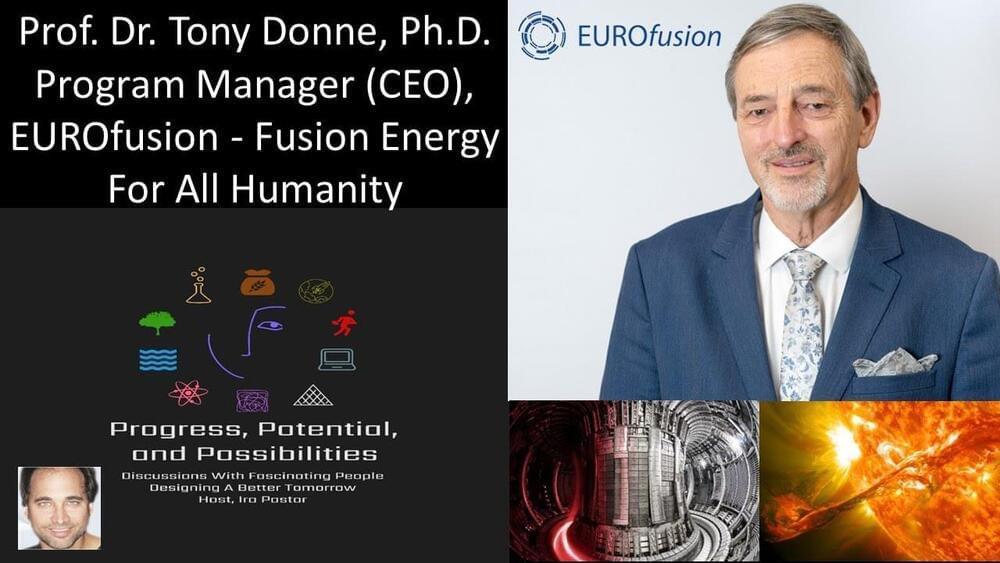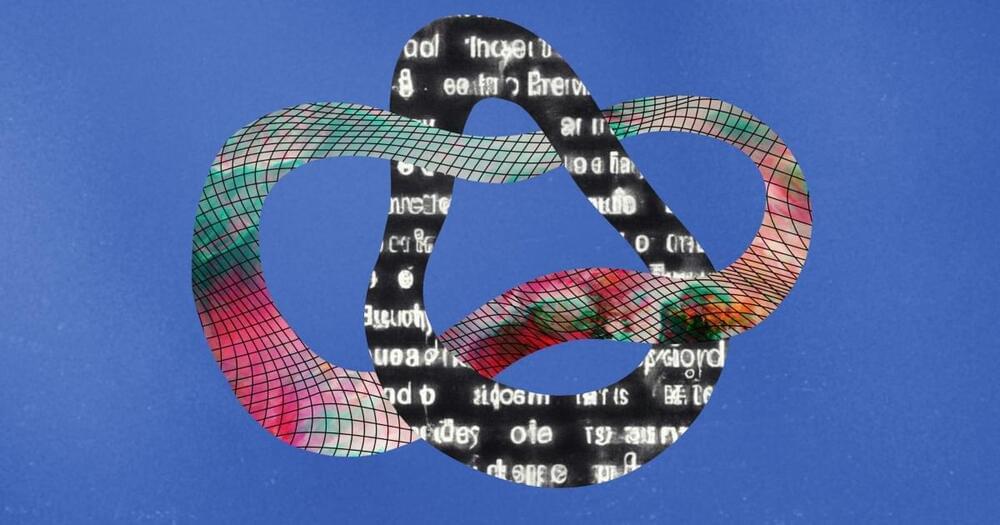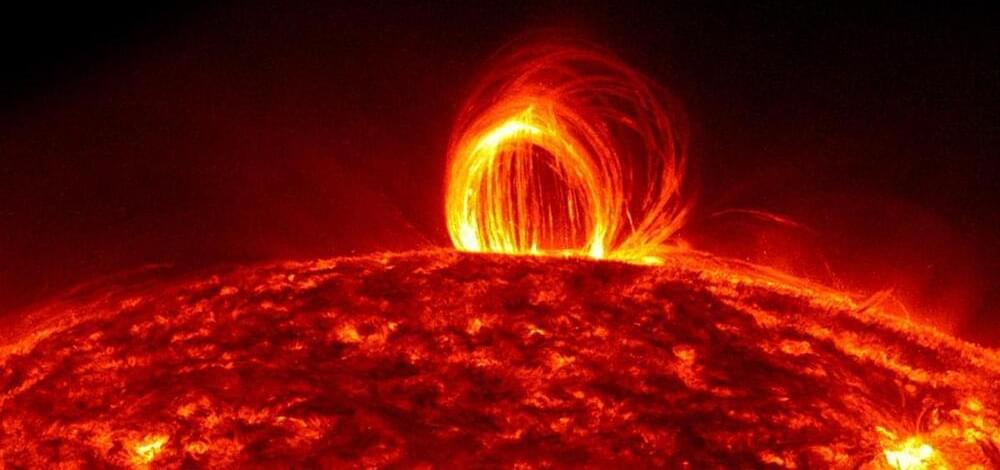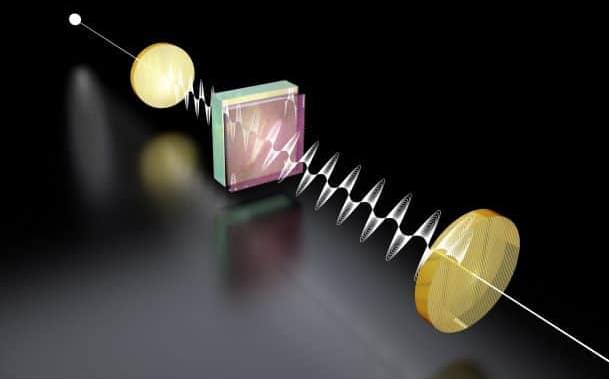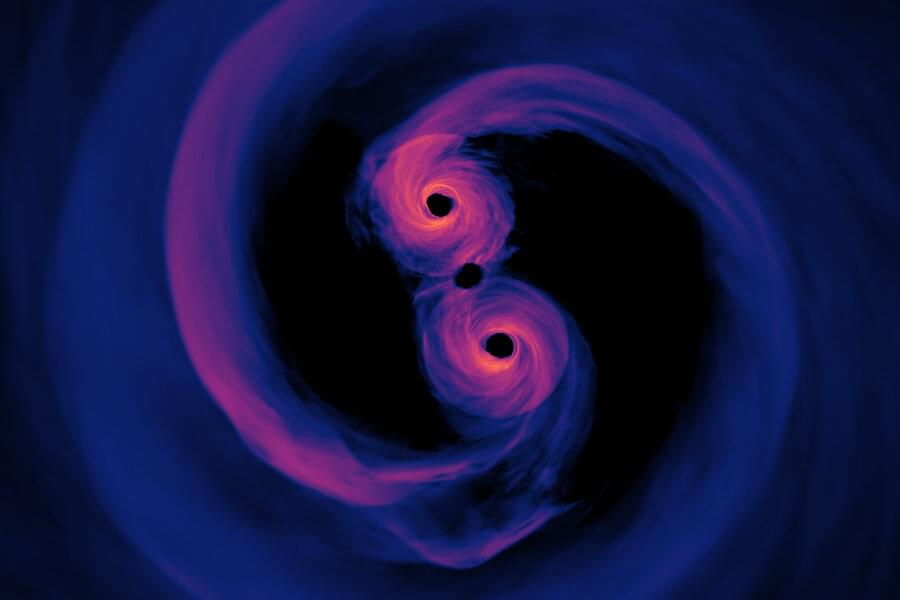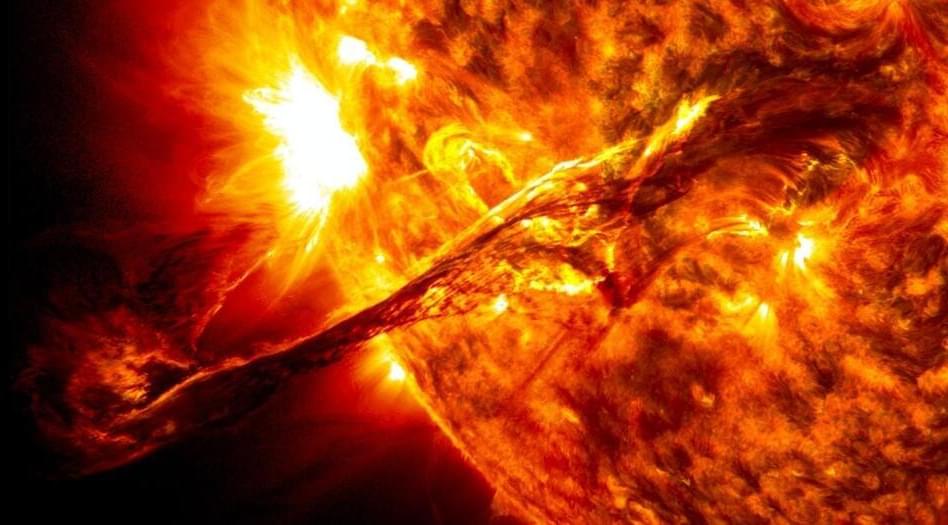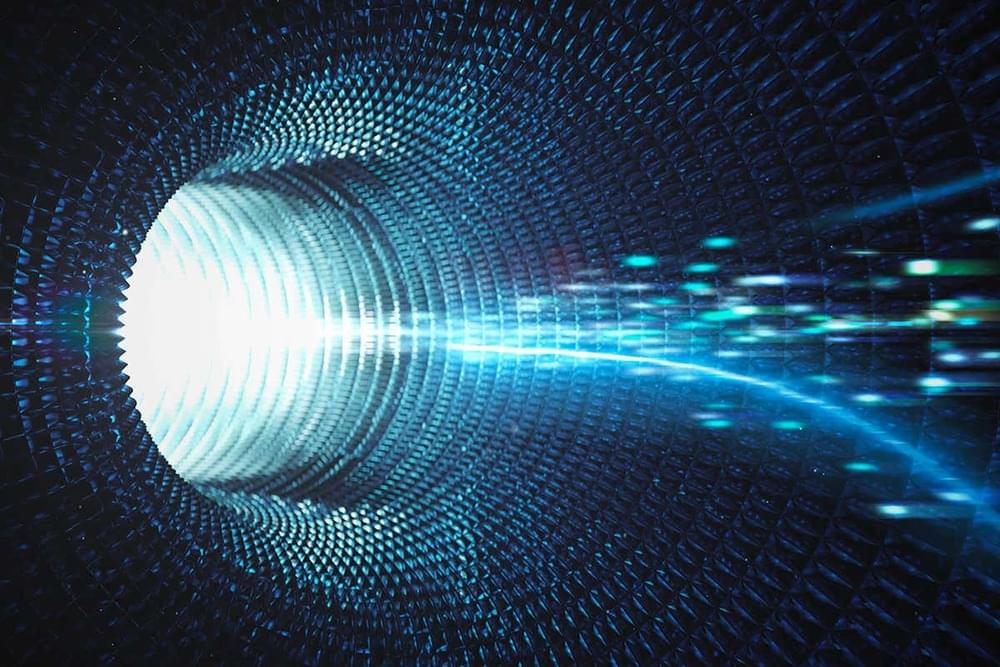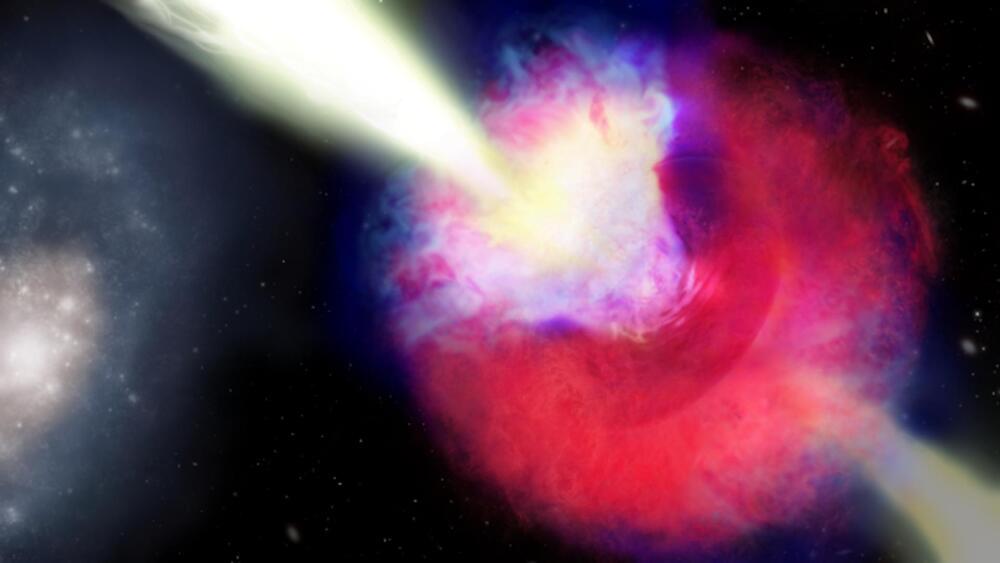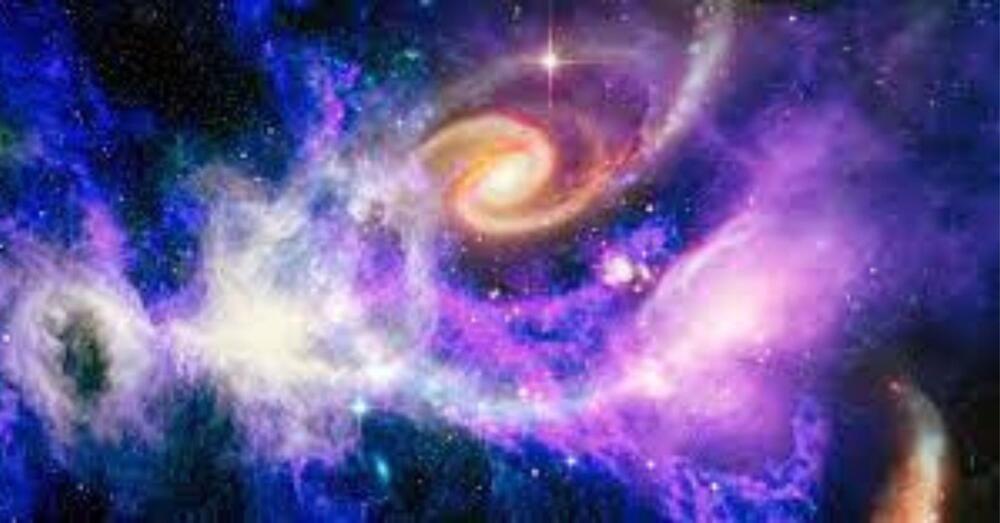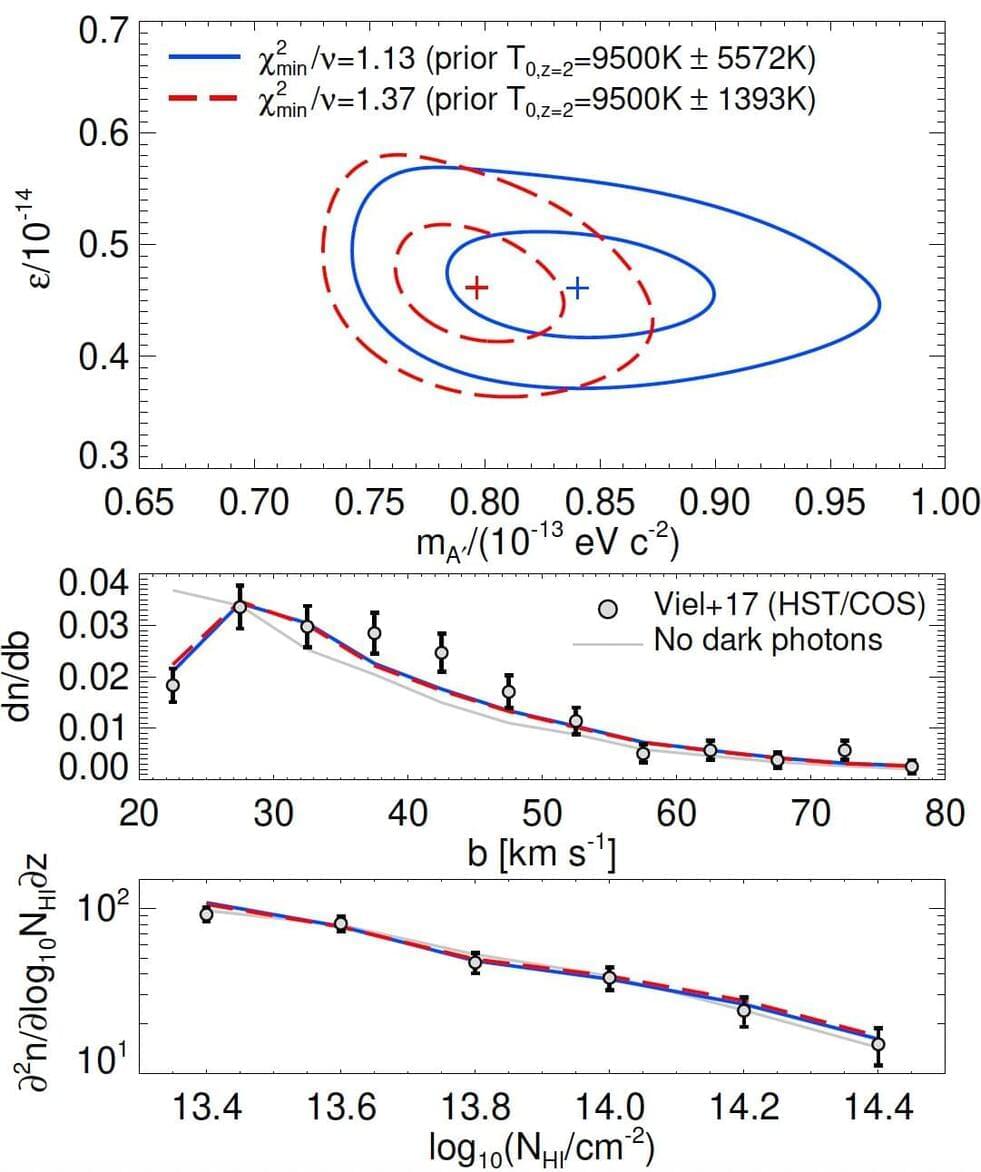Dec 12, 2022
Prof. Dr. Tony Donne, Ph.D. — Program Manager (CEO), EUROfusion — Fusion Energy For All Humanity
Posted by Ira S. Pastor in categories: nuclear energy, physics
Fusion Energy For All Humanity — Prof Dr. Tony Donné Ph.D. — Program Manager (CEO), EUROfusion
Prof. Dr. Tony Donne, Ph.D. is Program Manager (CEO) of the EUROfusion (https://www.euro-fusion.org/) research consortium, a European consortium of 30 national fusion research institutes, in 26 EU countries, plus Switzerland and Ukraine, where he coordinates the work of over 4,000 scientists and engineers.
